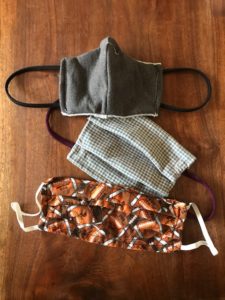The Cornell Farmworker Program and the Finger Lakes Community Health Clinic will be hosting a webinar and Q and A, in Spanish, for farm workers and farmers. Dr. Canario, Medical Director of Finger Lakes Community Health will discuss the coronavirus, what it is, how to protect oneself, and what one should do now. He will also respond to questions submitted in advance. Mary Jo Dudley, Cornell Farmworker Program will moderate the session.
Farm employers are encouraged to share this with Spanish-speaking employees, and consider hosting a farm meeting since this will be broadcasted via Zoom.
Time: Monday, April 13, 2020 at 6:30 PM.
To register and submit questions, please visit: https://docs.google.com/forms/d/e/1FAIpQLScsocEZCwGgIiGi3V2X-d0Ws_Zq78k5XSeSqGVbIReE13Jw9w/viewform?vc=0&c=0&w=1
El Programa de Apoyo a los Trabajadores Agrícolas de la Universidad de Cornell y
Finger Lakes Community Health (la clínica) invita cordialmente a los trabajadores agrícolas a una llamada gratuita con el Doctor José Canario.
“Los trabajadores agrícolas y el coronavirus: Lo que debe saber y lo que puede hacer ahora”
Doctor José Canario, Director de Medicina del Finger Lakes Community Health explicara el coronavirus y responderá a sus preguntas.
Por favor invite a sus compañeros de trabajo y familiares. La llamada será moderada por Mary Jo Dudley, Programa de Apoyo a los Trabajadores Agrícolas.
Lunes, Abril 13, 2020
6:30 PM
Clic aquí para registrarse y enviar sus preguntas

